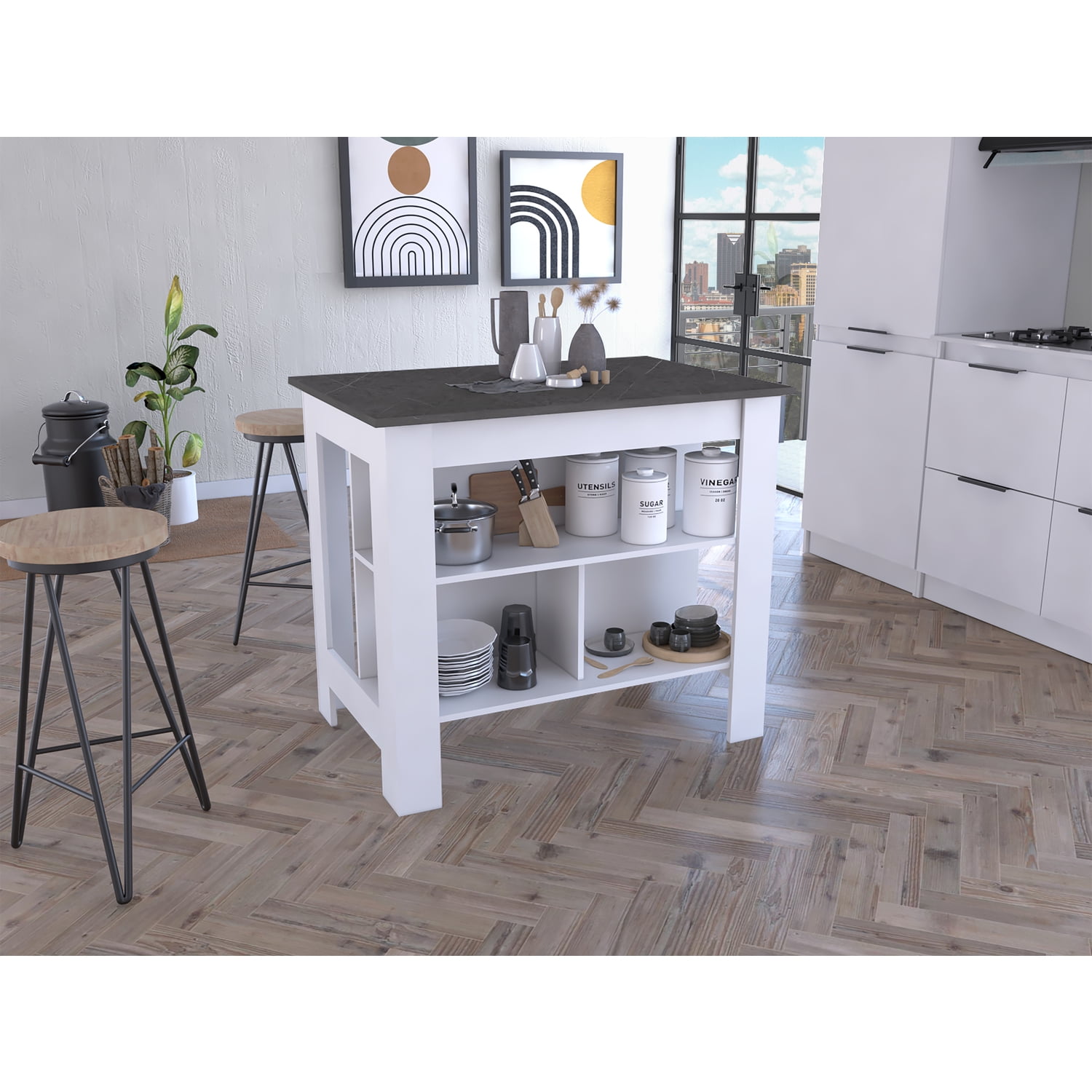Attain the Perfect Balance of Form and Function with Legs For Kitchen Island
Attain the Perfect Balance of Form and Function with Legs For Kitchen Island
Blog Article
A Guide to Selecting the Perfect Legs For Cooking Area Island for Your Home
Choosing the excellent legs for your kitchen island is a nuanced decision that affects both the capability and visual charm of this central area. As you consider these aspects, it ends up being noticeable that the best legs can transform not just the appearance of your kitchen however additionally its usability for years to come.

Comprehending Kitchen Island Legs
When choosing legs for a cooking area island, it's important to comprehend their visual and practical duties in the total style. The legs serve as a critical support system, making certain security and longevity for the island, which usually operates as a work area, dining area, or gathering area. For that reason, the option of product and building method should be robust enough to endure daily use and possible wear.
In addition to their architectural obligations, legs contribute dramatically to the island's aesthetic appeal. They can enhance the cooking area's style, whether via traditional, modern, or diverse styles. The height and percentage of the legs are likewise important factors to consider; they need to balance with the island's counter top elevation while making certain comfy seating for those utilizing the space.
In addition, the leg style can influence the general flow of the kitchen. Open, ventilated leg styles can produce a feeling of agility, while strong, significant legs might communicate a much more grounded and stable aesthetic - Legs For Kitchen Island. Understanding these visual and practical aspects will lead home owners in making educated options that match their kitchen's design and boost its usability
Popular Styles and Products
The choice of legs for a cooking area island encompasses a variety of popular styles and materials, each offering one-of-a-kind qualities that can improve both functionality and aesthetic appeals. Typical legs commonly show ornate details and craftsmanship, boosting timeless cooking area designs.

Elevation and Security Considerations

The legs of the cooking area island ought to offer sufficient assistance, ensuring that the framework can endure day-to-day use without wobbling or shifting. Product selection plays a considerable duty in security; metal legs, for instance, often tend to offer greater strength compared to wood.
Matching Your Cooking Area Visual
Selecting the best legs for your kitchen area island exceeds capability; it additionally plays why not find out more a significant role in the overall aesthetic of the area. When selecting legs, think about the layout style of your cooking area. For a modern appearance, streamlined steel or minimal layouts can develop a tidy, modern-day ambiance. On the various other hand, typical or rustic kitchens frequently benefit from wooden legs with intricate describing or a distressed finish, boosting heat and personality.
Shade is one more vital variable. Legs that enhance or contrast with your island's surface area and bordering cabinets can create aesthetic harmony or striking centerpieces. For example, matching dark timber legs with a light marble kitchen counter can add deepness and rate of interest. In addition, think about the coating of the legs; matte, glossy, or distinctive surfaces can considerably influence the general feeling of the kitchen area.
Installation and Maintenance Tips
Mounting cooking area island legs requires careful attention to detail to make sure both security and visual charm. Use a stud finder to locate wall surface studs if you are affixing the legs to a wall surface or utilizing brackets for included support.
When protecting the legs, use top notch screws and, if essential, timber adhesive for added toughness. For steel legs, make sure that you are utilizing suitable anchors and tools to avoid damage to your flooring. It is advisable to look for levelness after installment, making changes as required to prevent wobbling.
Tidy the legs with an ideal cleaner, preventing unpleasant materials that might scratch the surface. By complying with these setup and maintenance pointers, you can guarantee that your cooking area island legs stay both visually enticing and functional.
Final Thought
In conclusion, choosing the proper legs for a cooking area island necessitates mindful factor to consider of height, stability, and aesthetic compatibility. Ultimately, thoughtful leg selection plays a crucial role in raising both the functionality and style of the kitchen area area.
When choosing legs for a cooking area island, it's crucial to recognize their practical and aesthetic roles in the total layout. Open, ventilated leg designs can produce a sense of lightness, while strong, significant legs might communicate a more grounded and secure visual. The legs webpage of the kitchen area island ought to provide adequate assistance, making certain that the framework can endure daily usage without shifting or tottering.Setting up kitchen island legs calls for cautious attention to detail to make certain both stability and aesthetic allure.In conclusion, selecting the ideal legs for a kitchen area island necessitates cautious consideration of elevation, stability, and aesthetic compatibility.
Report this page